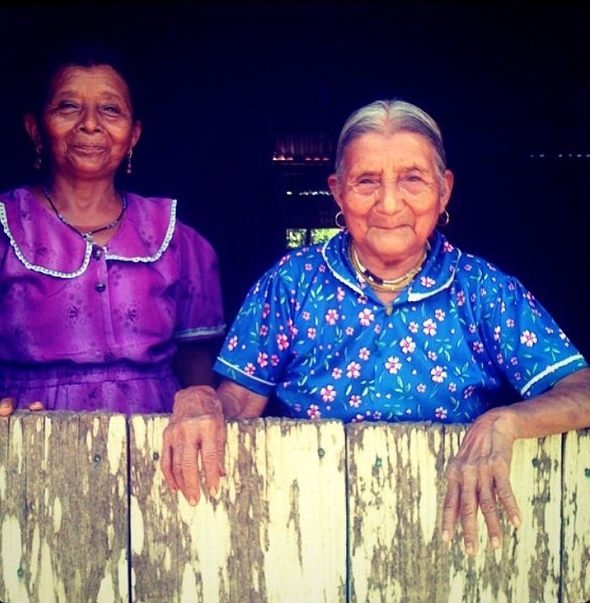
Chiapas is the Southern-most state of Mexico and home to the largest indigenous population in the country. For many residents of Chiapas’ small jungle indigenous communities, poverty is extreme and their economies are greatly based on subsistence farming. As a result, a high percentage of their population, is forced to join Mexico’s migrant workforce. As they migrate to Mexico’s larger cities and attempt to cross the U.S./Mexico border, they are exposed to work-related mental, physical, and sexual abuse.
In many cases, their lack of education, poor comprehension of the Spanish and English language, differences in culture, and the traditional clothing that many still wear, make them victims of terrible violence, discrimination, and unfair labor practices in both Mexico and the United States.
Ejido: Area of communal land used for agriculture on which community members individually farm designated parcels of land.
Comisariado Ejidal: Representative group of land owners that govern the community.
Ignacio Allende is an ejido, a piece of land farmed communally under a system supported by the state. The community is a cooperative and land-owners work together to make decisions for the ejido. Community members are indigenous Ch’ol, descendants of the Mayan people and speak the language of the same name. Most of the economy is based on subsistent farming of corn, beans, coffee and some fruits. Households raise chickens and turkeys and some also raise livestock and pigs.
We love this community
and all of the people in it!
Thank you,
for letting us continue to grow and work together, across cultures to understand and help each other.
There is a medical clinic, a pre-school, primary, secondary school and a high school. Children from nearby villages walk to attend school in Allende as they do not have schools in their own villages.
The common house is made of cement block, wood and have corrugated metal roofs. Families live together for most of their lives. Daughters, once married, live with the husband’s family. They dress modestly, women wear skirts that reach below the knee, as the legs are considered a very private part of the body. Although the traditional dress is a white linen shirt with colorful embroidered designs, it is rare to see it worn in the village today.
People are humble and very friendly and often greet each other when passing in the street with a "buenos dias" or "buenas noches!"







